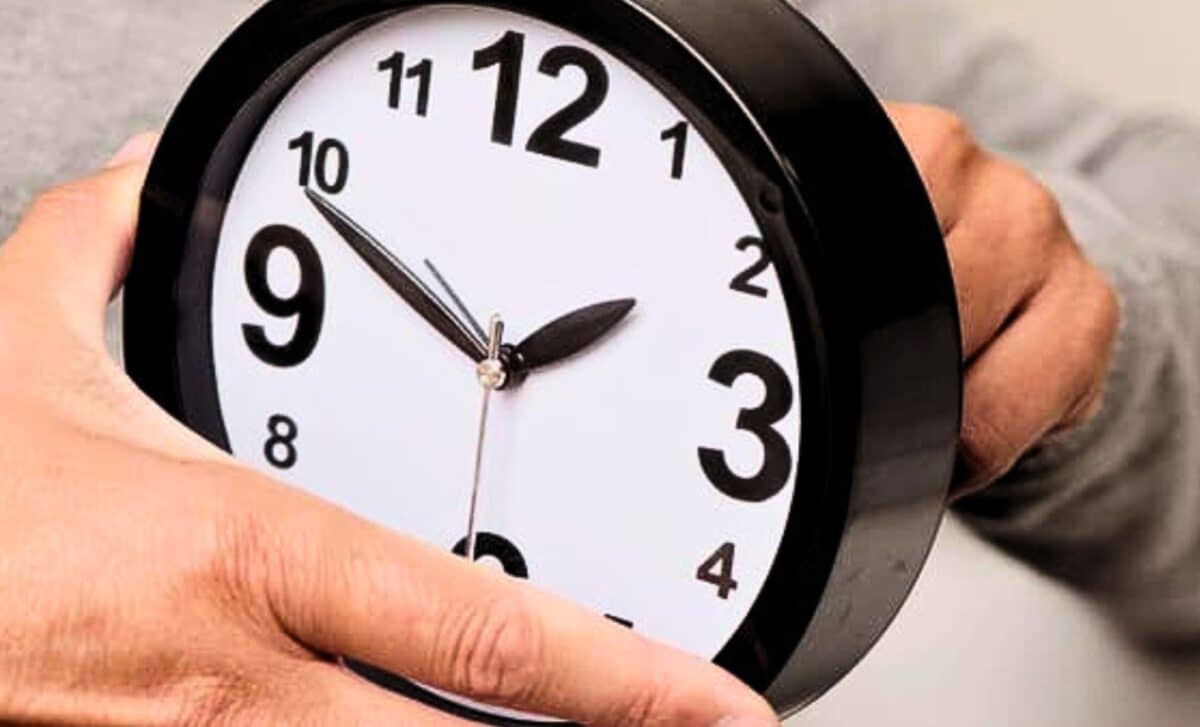As temperatures cool across much of Australia, millions are about to shift their clocks and gain an extra hour of sleep, marking the end of daylight saving time (DST).
When Daylight Saving Time Ends in 2025
Daylight saving time in Australia will officially end on Sunday, 6 April 2025, at 3am AEDT (Australian Eastern Daylight Time). At that moment, clocks will move back one hour to 2am, effectively returning to standard time.
This yearly transition always occurs on the first Sunday of April. The clocks will move backward. This means people will gain an hour, enjoying more daylight in the morning and less in the evening.
While most smartphones, computers, and digital systems will adjust automatically, manual clocks — including microwaves, ovens, and analog watches — must be set back manually by one hour.
Which States and Territories Observe Daylight Saving?
Daylight saving is not universal across Australia. The states and territories are split:
Observe daylight saving:
- New South Wales
- Victoria
- South Australia
- Tasmania
- Australian Capital Territory
Do not observe daylight saving:
- Queensland
- Western Australia
- Northern Territory
These non-observing regions stay on the same time year-round, mainly due to their geographic location closer to the equator, where daylight variation is less significant.
Why Some Regions Use Daylight Saving
According to Professor Tim Bedding, astrophysics researcher at the University of Sydney, the use of DST depends on latitude. States farther from the equator experience longer daylight hours in summer, and DST helps shift that light to the end of the day.
In contrast, states like Queensland, which are nearer to the equator, see less difference between day and night throughout the year, reducing the need for DST.
How Daylight Saving Affects Sleep Health
Reece Kemp, sleep expert and research assistant at the Flinders Health and Medical Research Institute (FHMRI), highlights that sleep patterns naturally adjust over time. He notes that DST changes can be tricky for some, but manageable with small steps.
“You don’t need drastic changes,” Kemp explains. “Making small adjustments in the days leading up to the transition is usually enough.”
He adds that the end of daylight saving can benefit those trying to shift to an earlier sleep schedule. For instance, someone who typically sleeps from 11pm to 7am might find their natural rhythm shifting to 10pm to 6am after the clock change.
What About Work Hours and Pay?
According to the Fair Work Ombudsman, how daylight saving affects wages depends on employment agreements. If an employee’s award or registered agreement doesn’t mention daylight saving, then payment is made “by the clock.”
This means shifts will be paid based on actual clock time, regardless of whether an hour is gained or lost. For employees working overnight, this can lead to a shift being one hour shorter or longer depending on the DST transition.
When Daylight Saving Starts Again
Mark your calendars — daylight saving will resume on the first Sunday, 5 October 2025, when clocks will move forward by one hour at 2am AEDT, bringing back longer evenings for the summer months.









